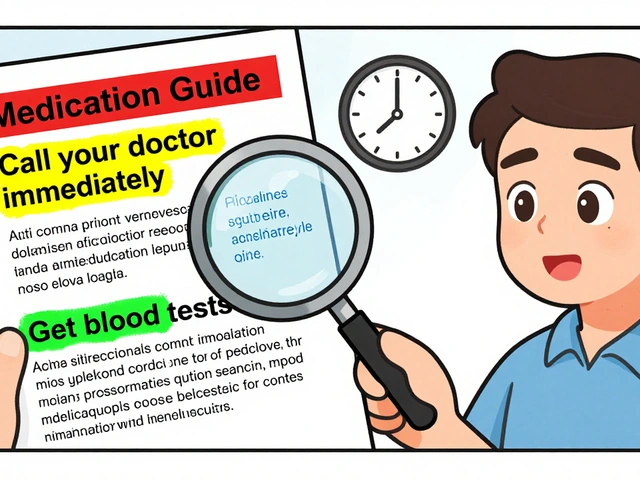Dry Mouth Oral Care Routine: Step‑by‑Step Guide for a Comfortable Smile
Learn how to build a dry‑mouth‑friendly oral care routine that protects teeth, reduces discomfort, and keeps your smile healthy.
If your mouth feels sticky or you keep reaching for water, you might be dealing with xerostomia, also called dry mouth. It’s not just uncomfortable—it can make it harder to chew, talk, and keep teeth healthy. The good news is that a regular routine can keep the problem under control. Below are easy, everyday actions you can start right now to boost saliva and protect your mouth.
Water is your best friend. Keep a bottle at your desk and sip throughout the day rather than gulping a large glass once. Aim for at least eight cups of fluid daily, but adjust if you’re active or live in a hot climate. Limit drinks that dry you out, such as coffee, tea, soda, and alcohol. When you do enjoy them, have a glass of water right after. Food matters, too. Crunchy fruits and vegetables like apples, carrots, and celery stimulate saliva flow. On the flip side, salty snacks, spicy sauces, and citrus can irritate a dry mouth, so use them sparingly.
Good brushing habits are a must. Use a soft‑bristled toothbrush and fluoride toothpaste twice a day. Replace your toothbrush every three months to avoid bacterial buildup. Choose an alcohol‑free, fluoride mouthwash; alcohol can strip the remaining moisture. Chewing sugar‑free gum or sucking on sugar‑free lozenges after meals helps trigger saliva production. If natural methods aren’t enough, over‑the‑counter saliva substitutes—sprays, gels, or rinses—can give quick relief. Make sure any product you pick is labeled for dry mouth, not just regular oral care.
Beyond the bathroom, small environmental tweaks can make a big difference. A bedroom humidifier adds moisture to the air, which reduces mouth dryness while you sleep. Try to breathe through your nose instead of your mouth; a simple tape strip or nasal saline spray can help keep the airway open. Review any medications with your doctor or pharmacist, because many prescriptions list dry mouth as a side effect. Sometimes a dosage change or a different drug can solve the issue without extra routines.
When should you see a professional? If you notice frequent sore throats, trouble swallowing, persistent bad taste, or sudden tooth decay, schedule an appointment. Your dentist can check for early damage and may suggest prescription‑strength saliva boosters. A doctor can rule out underlying conditions like diabetes or autoimmune diseases that often cause dry mouth. Remember, a routine works best when it’s part of a broader health plan, so keep the conversation open with your healthcare team.
Learn how to build a dry‑mouth‑friendly oral care routine that protects teeth, reduces discomfort, and keeps your smile healthy.

This article breaks down nine alternatives to Dexamethasone, focusing on their anti-inflammatory properties and potential benefits. It discusses options like Butyric Acid, which supports gut health while offering natural relief, and touches on both the pros and cons. Comprehensive insights are provided for those interested in alternative therapies.

Discover how stress weakens your skin barrier, leading to chapped skin, and learn practical moisturising, nutrition, and stress‑relief tips to restore healthy skin.

This article breaks down why acetaminophen is a popular option for treating muscle aches and pains. You'll discover how it works, when it makes sense to reach for it, and what you need to know about safe use. We’ll compare acetaminophen to other common pain relievers and share some practical tips for getting the most benefit. Whether you're dealing with a sore back from lifting groceries or you went a little too hard at the gym, this guide has you covered.

Explore nine great alternatives to Isofair for acne treatment in 2024. These options include medications like Spironolactone and Doxycycline, along with skincare products such as AcneFree Therapeutic Sulfur Mask and The Ordinary Niacinamide 10% + Zinc 1%. Each alternative has distinct pros and cons, catering to different skin needs. Whether you're seeking prescription medications or over-the-counter solutions, this guide can help you find the right treatment for clearer skin.

Learn how to read FDA Medication Guides to spot serious drug risks and critical monitoring steps. Stop guessing - use plain-language warnings, blood test schedules, and emergency signs to stay safe.
